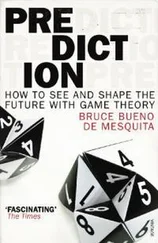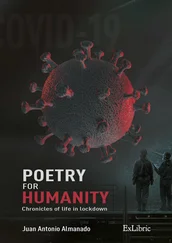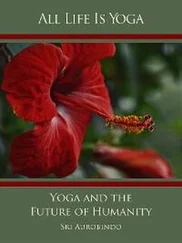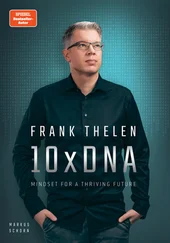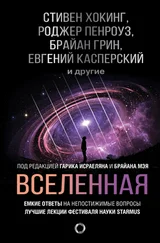A modern counterpart of Paley, the ex-mathematical physicist John Polkinghorne, interprets our fine-tuned habitat as ‘the creation of a Creator who wills that it should be so’. [11]I have had genial public debates with Polkinghorne; he taught me physics when I was a Cambridge student. The line I take is that his theology is too anthropocentric and constricted to be credible. He doesn’t espouse ‘intelligent design’ but believes that God can influence the world by giving a nudge or tweak at places and times when the outcome is especially responsive to small changes—maximum impact with a minimal and readily concealed effort.
When meeting Christian clergy (or their counterparts in other faiths), I try to enquire about what they consider the ‘bottom line’—‘the theoretical minimum’ that must be accepted by their adherents. It’s clear that many Christians regard the resurrection as a historical and physical event. Polkinghorne certainly does; he dresses it up as physics, saying that Christ transitioned to an exotic material state that will befall the rest of us when the apocalypse comes. And in his 2018 Easter message, the Archbishop of Canterbury, Justin Welby, said that if the resurrection is ‘just a story or metaphor, frankly, I should resign from my job’. But how many Catholics really believe in the two miracles—the ‘practical’ part of the examination—that a potential candidate must achieve in order to qualify for sainthood? I’m genuinely perplexed that so many have a faith that has such literal content.
I would describe myself as a practising but unbelieving Christian. The parallel concept is familiar among Jews: there are many who follow traditional observances—lighting candles on Friday nights and so forth. But this need not mean that they accord their religion any primacy, still less that they claim it has any unique truth. They may even describe themselves as atheists. Likewise, as a ‘cultural Christian’, I’m content to participate (albeit irregularly) in the rituals of the Anglican church with which I’ve been familiar since early childhood.
Hard-line atheists focus too much, however, on religious dogma and on what is called ‘natural theology’—seeking evidence of the supernatural in the physical world. They must be aware of ‘religious’ people who are manifestly neither unintelligent nor naive. By attacking mainstream religion, rather than striving for peaceful coexistence with it, they weaken the alliance against fundamentalism and fanaticism. They also weaken science. If a young Muslim or evangelical Christian is told that they can’t have their God and accept evolution, they will opt for their God and be lost to science. Adherents of most religions accord high importance to their faith’s communal and ritual aspects—indeed many of them might prioritise ritual over belief. When so much divides us, and change is disturbingly fast, such shared ritual offers bonding within a community. And religious traditions, linking adherents with past generations, should strengthen our concern that we should not leave a degraded world for generations to come.
This line of thought segues into my final theme: how should we respond to the challenges of the twenty-first century and narrow the gap between the world as it is and the world we’d like to live in and share with the rest of ‘creation’?
Chapter 1of this book highlighted the transformations occurring this century—unprecedented in their speed and in the stress they impose on the global environment. Chapter 2focused on the scientific advances that we can expect in the coming decades, emphasising the benefits but also the ethical dilemmas and the risk of disruption or even catastrophe. Chapter 3explored broader horizons in both space and time—speculating about domains far beyond our planet, and the prospects for a ‘posthuman’ future. Chapter 4assessed the prospects of understanding ourselves and the world more deeply—what we may learn, and what may forever be beyond our grasp. In the last few pages I focus closer to the here and now—to explore, against this backdrop, the role of scientists. I distinguish their special obligations from those that fall to all of us, as humans and as citizens concerned about the world future generations will inherit.
But first, an important clarification: I’m using ‘science’ throughout as a shorthand that embraces technology and engineering as well. Harnessing and implementing a scientific concept for practical goals can be a greater challenge than the initial discovery. A favourite cartoon of my engineering friends shows two beavers looking up at a vast hydroelectric dam. One beaver says to the other: ‘I didn’t actually build it, but it’s based on my idea’. And I like to remind my theorist colleagues that the Swedish engineer Gideon Sundback, who invented the zipper, made a bigger intellectual leap than most of us ever will.
Scientists are widely believed to follow a distinctive procedure that’s described as the scientific method. This belief should be laid to rest. It would be truer to say that scientists follow the same rational style of reasoning as lawyers or detectives in categorising phenomena and assessing evidence. A related (and indeed damaging) misperception is the widespread presumption that there is something especially ‘elite’ about the quality of their thought. ‘Academic ability’ is one facet of the far wider concept of intellectual ability—possessed in equal measure by the best journalists, lawyers, engineers, and politicians. E. O. Wilson (the ecologist quoted in section 1.4) avers that to be effective in some scientific fields it’s actually best not to be too bright. [1]He’s not disparaging the insights and eureka moments that punctuate (albeit rarely) scientists’ working lives. But, as the world expert on tens of thousands of ant species, Wilson’s research has involved decades of hard slog: armchair theorising is not enough. So, there is a risk of boredom. And he is indeed right that those with short attention spans—with ‘grasshopper minds’—may find happier (albeit less worthwhile) employment as ‘millisecond traders’ on Wall Street, or the like.
Scientists generally pay too little regard to philosophy, but some philosophers resonate with them. Karl Popper, in particular, caught the fancy of scientists in the second half of the twentieth century. [2]He was right to say that a scientific theory must be in principle refutable. If a theory is so flexible—or its proponents so seemingly shifty—that it can be adjusted to fit any eventuality, then it isn’t genuine science. Reincarnation is an example. In a well-known book, the biologist Peter Medawar [3]somewhat more controversially berated Freudian psychoanalysis on this score, putting the knife in firmly at the end: ‘Considered in its entirety, psychoanalysis won’t do. It is an end product, moreover, like a dinosaur or a zeppelin, no better theory can ever be erected on its ruins, which will remain for ever one of the saddest and strangest of all landmarks in the history of twentieth century thought’. But the Popper doctrine nonetheless has two weaknesses. Firstly, interpretation depends on the context. Consider, for instance, the Michelson-Morley experiment, which showed, at the end of the nineteenth century, that the speed of light (measured by a clock in the laboratory) was the same however fast the laboratory was moving—and the same at all times of the year, despite the Earth’s motion. This was later realised to be a natural consequence of Einstein’s theory. But had the same experiment been performed in the seventeenth century, it would have been adduced as evidence that the Earth didn’t move—and claimed as a refutation of Copernicus. Secondly, judgment is needed in deciding how compelling the contrary evidence needs to be before a well-supported theory is abandoned. As Francis Crick, codiscoverer of the structure of DNA, reputedly said, if a theory agrees with all the facts it is bad news, because some ‘facts’ are likely to be wrong.
Читать дальше
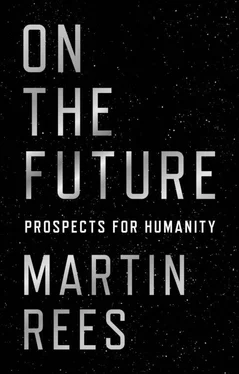
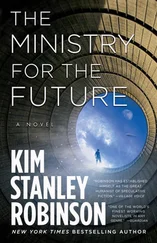
![Мартин Рис - Всего шесть чисел. Главные силы, формирующие Вселенную [litres]](/books/414169/martin-ris-vsego-shest-chisel-glavnye-sily-formir-thumb.webp)
